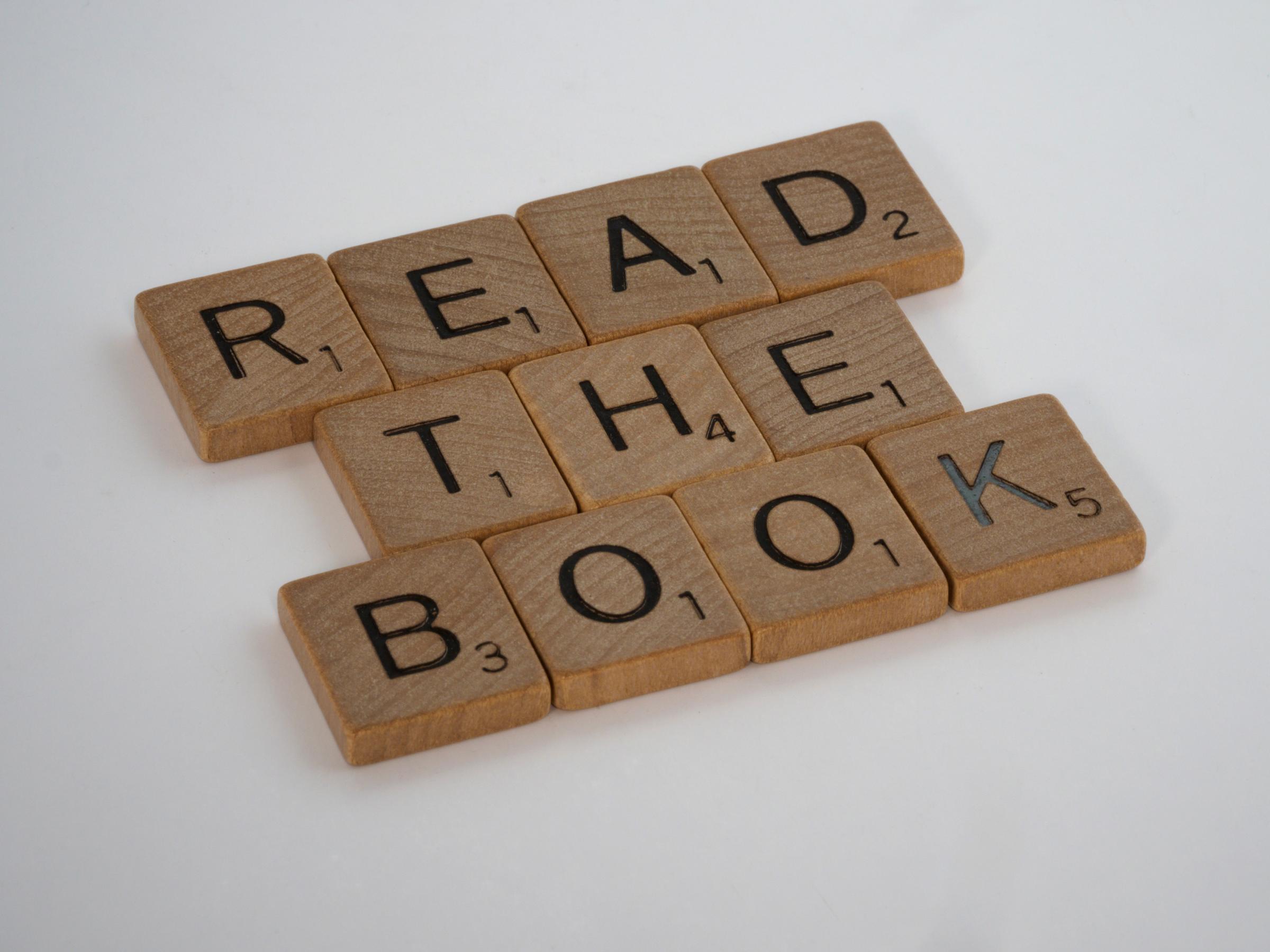
Literacy News
Visual Literacy
I’ve written a lot about reading and writing this year, so I thought for the last newsletter of the year, I’d focus on visual literacy.
Visual literacy takes many forms, including cartoons, signs, photos, movies, magazines, educational video games, maps, comic books or documentaries. It appears right throughout the Victorian English Curriculum. Here are some examples:
Prep: Understand concepts about print and screen, including how books, film and simple digital texts work, and know some features of print, including directionality
Year 3: Identify the effect on audiences of techniques, including shot size, vertical camera angle and layout in picture books, advertisements and film segments
Year 6: Use comprehension strategies to interpret and analyse information and ideas, comparing content from a variety of textual sources including media and digital texts
The good news in this, is that while you are relaxing watching a movie or finding a new favourite TV show with your kids, you can also be developing their visual literacy skills. Here are a few ideas on how:
- Talk with your child about what you have seen or watched together and have them retell the events in sequence
- Look at family photos, either digital or printed, and discuss who is in them and why the photos were taken. You can also discuss and interpret visual elements, such as focus, light, shadow and scale
- Go to an art gallery as a family. Talk about which works you liked most and least and why
- Take on an art project together, either in response to your art gallery trip, or in an area that you are interested in. It’s a great opportunity for children to express themselves and to think about the effect their work might have on an audience
- As you are out and about, introduce visual literacy terminology, such as angles. Explore the park from a high angle and from a low angle and talk about what you see from different perspectives
It is much faster and easier to understand visual images than text, which makes visual literacy a great gateway to building vocabulary, oral language and comprehension. Your children live in a world where they are surrounded by an ever-expanding array of visual literacy elements, from emojis to TikTok videos. Having a wiser adult to guide them through this world will help them to choose appropriate content and to deepen their understanding of what is around them.
All the best for a wonderful Christmas break,
Annie Facchinetti
Literacy Leader and Teaching & Learning Leader
